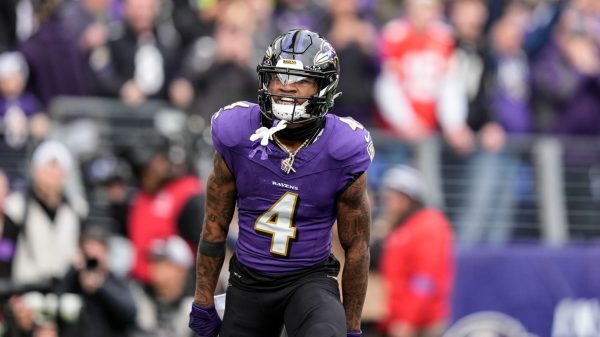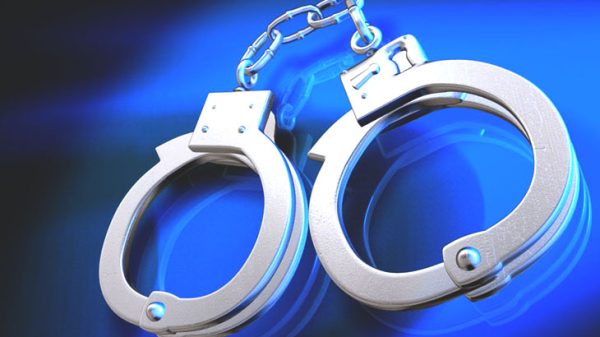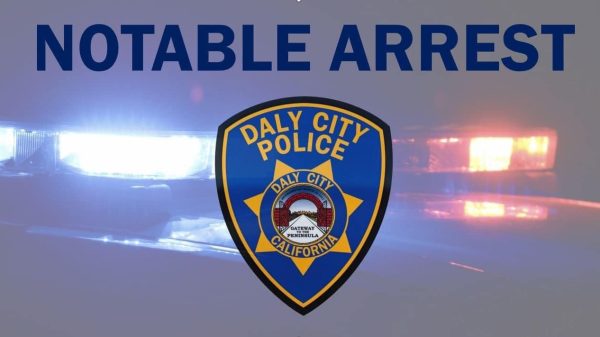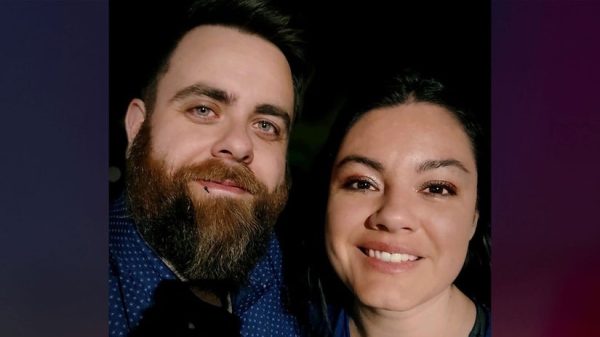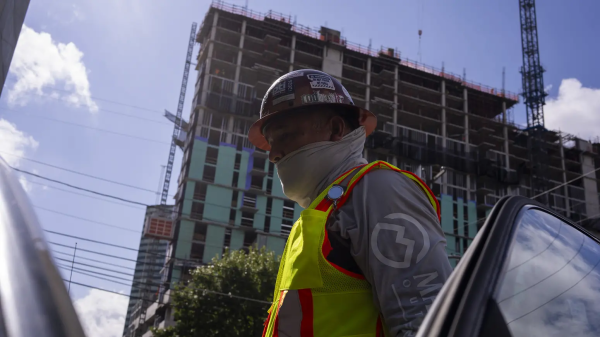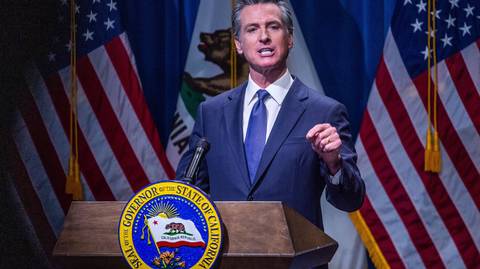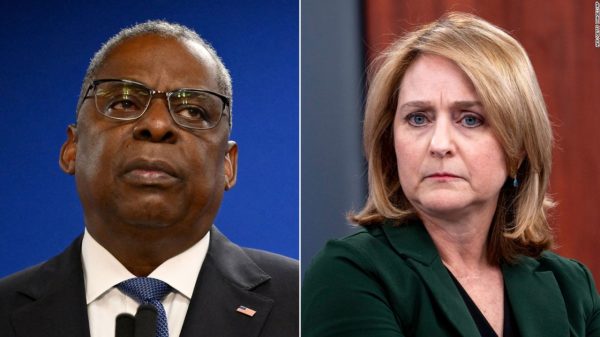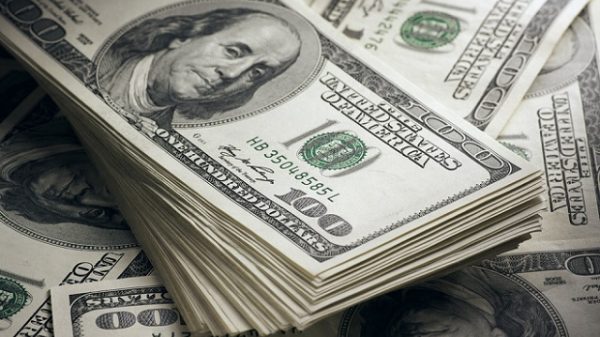These certain neighborhoods in Chicago struggle with high crime rates and other socioeconomic issues.

Check out these dangerous neighborhoods in Chicago. (Photo: CubeSmart)
High-Risk Neighborhoods In Chicago
The neighborhoods in Chicago are known as bustling locations, but it also has a high crime rate. The crime rate in the neighborhoods in Chicago is 67% higher than the national average, with violent and property crimes being particularly problematic.
According to a published article by the Southwest Journal, West Garfield Park, one of the most dangerous neighborhoods in Chicago, has a population of 17,277 and has the highest crime rates in Chicago.
Violent crime is 379% higher than in the rest of the city, with residents facing a 1 in 20 chance of becoming a victim of a violent crime. Gang activity is a major contributor to the violence in this area.
Washington Park is another one of the most unsafe neighborhoods in Chicago, with a population of 11,871, this neighborhood struggles with crime at alarming rates.
Violent crime is a shocking 701% above the national average, and the overall crime rate is 250% higher than the national average. The challenges faced by the 12,707 residents in this area are significant.
Another one of the most dangerous neighborhoods in Chicago is Austin which is situated on the West side of Chicago. With a population of 98,514, it ranked 11th in violent crime and 25th in property crime in 2022.
East Garfield Park also makes it to the list of the most unsafe neighborhoods in Chicago. Gun violence and gang activity are prevalent issues in this specific area in Chicago.
Englewood is also on the list of the most dangerous neighborhoods in Chicago’s South Side with a population of 25,858. It faces significant challenges, particularly in terms of crime and socio-economic conditions.
The violence-related crime rate in Englewood is 2,837 per 100,000 people, and the property-related crime rate is 5,984 per 100,000 people. These struggles are worsened by a high poverty rate, which is often linked to higher crime rates.
Poverty Rates In Chicago
In a published article by Illinois Policy, more than 450,000 people in Chicago, or 17.2% of the population, live in poverty. However, poverty is more prevalent in minority neighborhoods, especially on the South Side and West Side. In these areas, the poverty rate is almost three times higher than the citywide average.
For instance, in Riverdale, over half of the residents live below the poverty line, making it the community area with the highest poverty rate in Chicago. A recent analysis of data from the U.S. Census Bureau identifies the specific neighborhoods with the highest poverty rates in the city.
The poverty rate among Black Chicagoans is particularly significant, reaching 28.7%, compared to 10.3% for white Chicagoans. The poverty rate for the Asian population stands at 18.2%, and the Hispanic and Latino populations face a poverty rate of 14.8%.
READ ALSO: Neighborhoods In NYC: Where You Should Prioritize Your Safety

